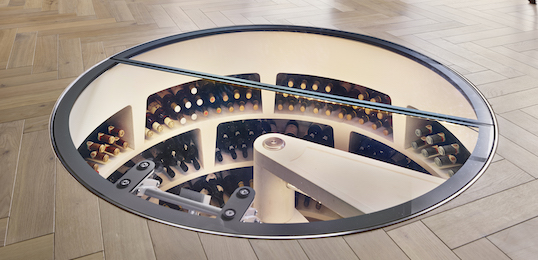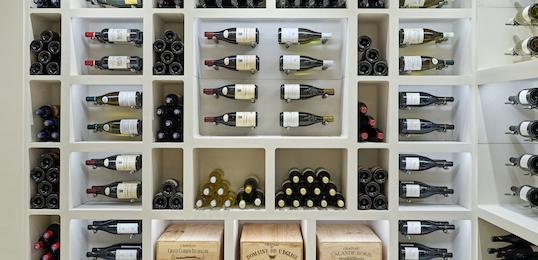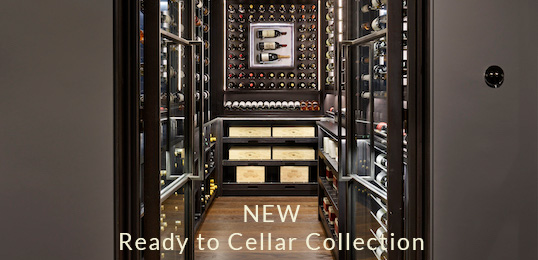As wine connoisseurs, we like to stay informed on all things wine. Whether that be keeping up to date with the latest wine trends and fads or getting to grips with the historical aspect of wine. For those of you who really love to have an in-depth knowledge of the vintage you keep in your wine cellar, you may be interested to learn more about the way in which wine is made; let’s take a look.
On the Grapevine
Of course, the journey of wine begins on the grapevine where skilled workers pick the perfect grapes to be transformed into wine. It is essential that the grapes are picked at the right time to ensure the quality of the end result. Grapes are judged by sight, touch, smell and taste. The perfect grape will be plump, easily crushed but will not be shrivelled.
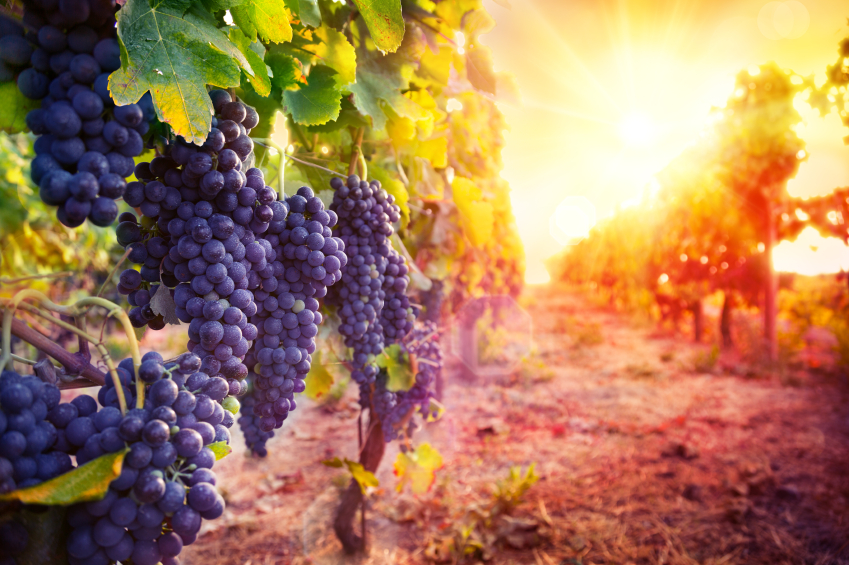
The grape will also be measured in terms of sugar content, pH and acidity level. The Brix level is a measurement of the potential alcohol content based on the sugar levels in the grapes. These measurements help to determine whether the wine will be of a good quality and flavour.
Depending on the size of the vineyard, the grapes are picked either by hand or machinery. Machine harvesting can be cost-efficient for larger vineyards, although smaller wineries will often opt for hand-picking.
Choosing Quality
Once harvested, the grapes must be sorted to ensure that only the highest quality grapes are used in your wine. Any leaves and rotten grapes will be removed, leaving only the finest grapes behind.
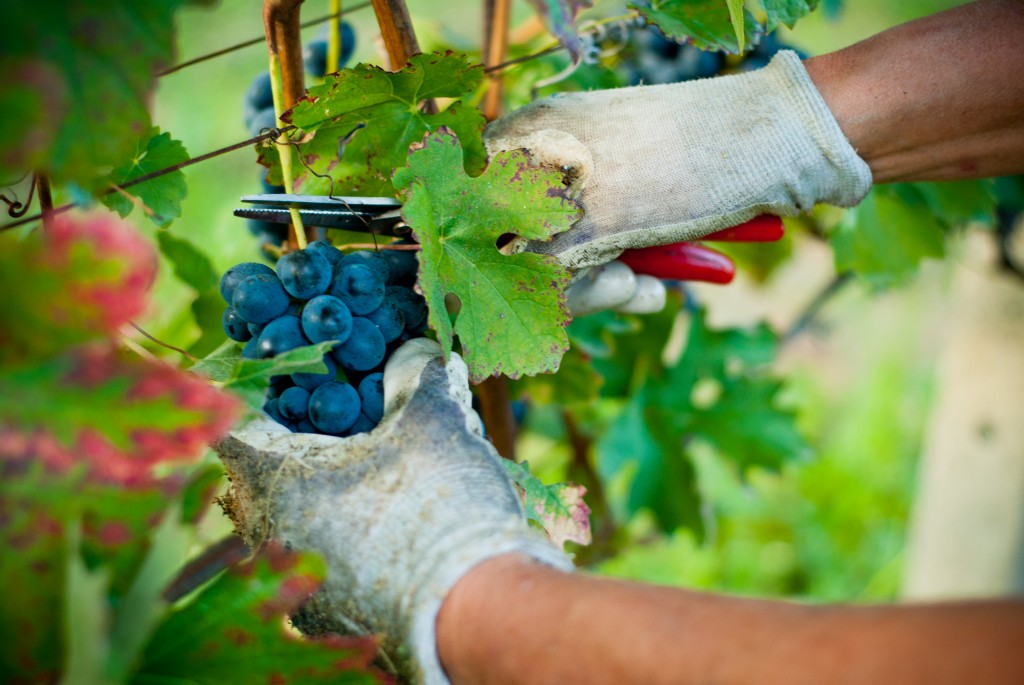
Again, this process can be carried out by hand or through the use of machinery, or sometimes a mixture of the two. It is essential that this process is thorough in order to preserve the nature of the wine.
The grapes are then fed through a destemmer which will remove the stems from the fruit and lightly crush them in preparation for the next step of the process.
Extracting the Juice
The process differs slightly for red and white grapes at this stage. The white grapes are pressed, leaving the skins behind before the juice is placed into tanks which allow the sediment to settle before fermentation.
However, for red wine, the red grapes go straight to the fermentation process after being destemmed and lightly crushed with their skins still on. This difference in process is what gives red wine it’s rouge colour.
Fermentation
Just as with the previous process, this step differs for red and white wines. Yeast is added for both types of wine, however, in the case of red wine, the grapes are pressed after fermentation before spending a number of months in barrels in order to age.
Aging
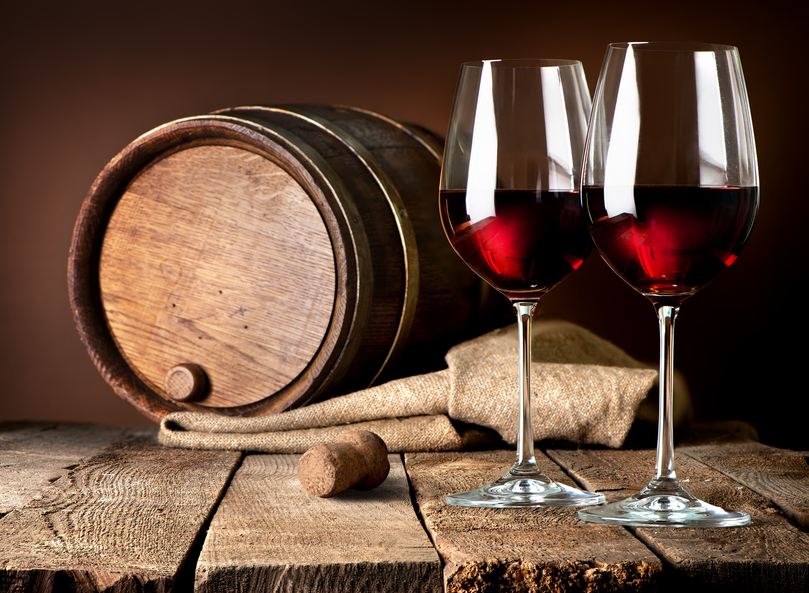
This stage ensures the flavour of the wine, so different types will be aged in different ways. This can differ in time spent aging as well as the type of container. These containers could be stainless steel, new oak, used oak barrels as well as barrels of different types and ages of woods.
This aging process can be detected in the palate of the wine, offering anything from a smoky to a nutty flavour.
Once the wine has aged, it is then transferred to bottles, ready to be bought and placed in a luxurious wine room, just as it deserves!
